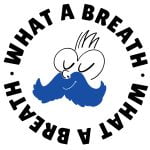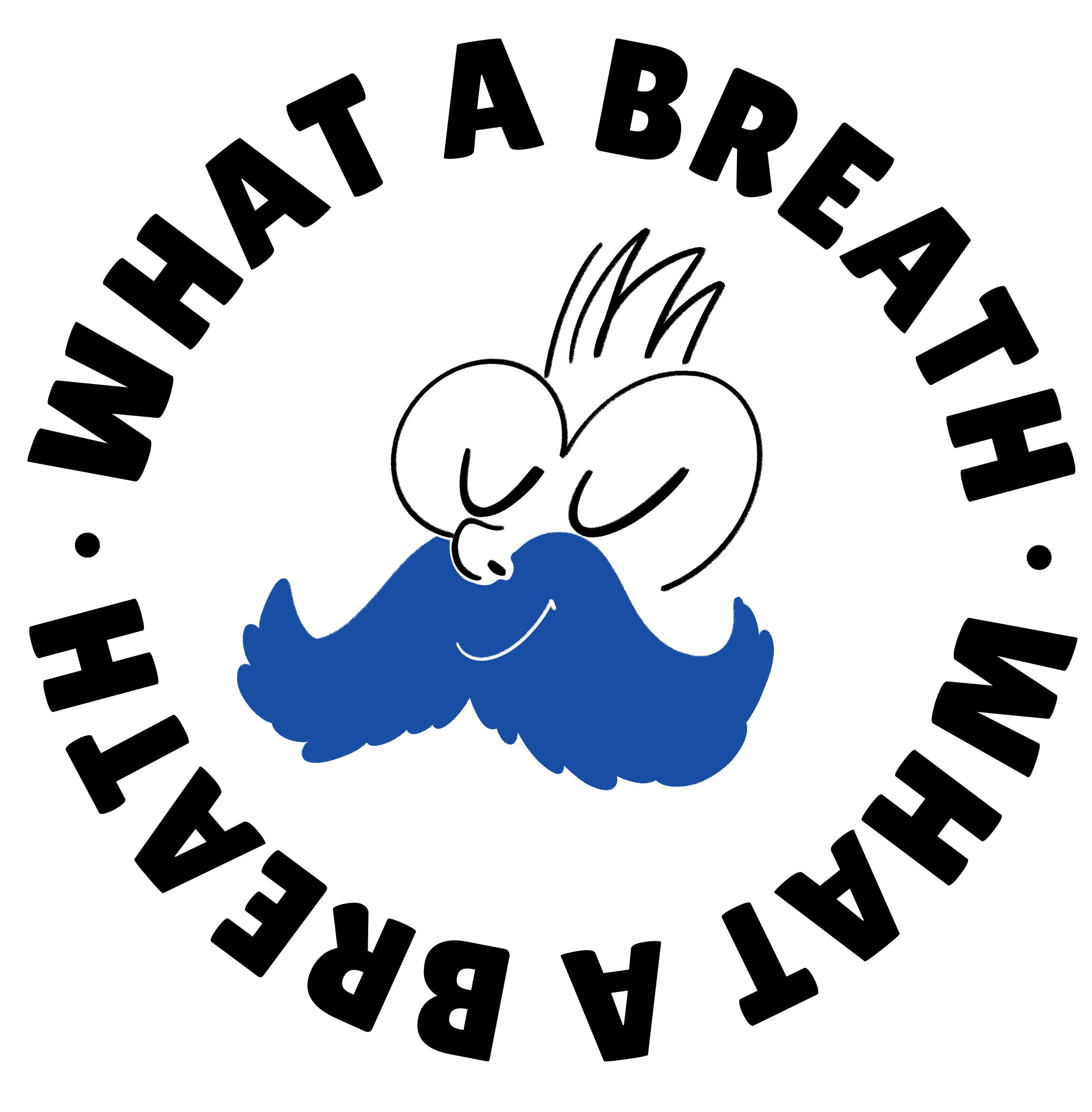Breathing is one of the most important aspects of swimming, but it is often overlooked by beginners. Improving the way you breathe in the water not only helps you feel more relaxed but also increases your endurance and makes you a more efficient swimmer. In this article, we will explore the main techniques to improve breathing while swimming, providing practical tips for those who want to take their skills to the next level.
Why Proper Breathing Is Important in Swimming
Breathing is crucial for maintaining rhythm, endurance, and focus while swimming. Poor technique can lead to early fatigue and incorrect posture, compromising your performance in the water. Let’s explore why breathing is so important:
Enhancing Energy Efficiency
When you breathe correctly, your body gets the oxygen it needs to sustain physical effort. Ineffective breathing wastes energy and can leave you feeling "out of breath" much faster.
Reducing Stress and Improving Focus
Swimming is a sport that requires concentration, and regular breathing helps you stay calm and in control even during intense sessions.
Preventing Injuries and Improving Posture
Coordinated breathing helps maintain correct posture in the water, avoiding unnecessary or stressful movements for the neck and shoulders.
Breathing Techniques in Swimming
To improve your breathing, it is important to master some fundamental techniques. Here are the most effective ones:
Bilateral Breathing
Bilateral breathing involves alternating the side from which you breathe every 3 or 5 strokes. This technique has several benefits:
- Maintains muscle balance between both sides of the body.
- Helps you swim in a straight line.
- Reduces tension in the neck and shoulders.
How to Practice It
- Start at a slow pace and count your strokes.
- Try breathing every 3 strokes, alternating between right and left.
- If it feels uncomfortable, start by breathing every 5 strokes and gradually increase the frequency.
Exhaling Underwater
Many beginners hold their breath underwater, but it is important to exhale slowly to avoid unnecessary tension. Exhaling underwater helps maintain a smooth and steady rhythm.
How to Practice It
- Submerge yourself in the water and start with a simple exhale through your nose or mouth.
- Synchronize the exhalation with your arm movements.
- Make sure to exhale all the air before turning your head to inhale.
Coordinating Breathing with Strokes
Proper coordination between breathing and movement is essential to maintain rhythm and save energy.
Practical Exercise
- Focus on the fluid motion of your arms.
- Inhale each time your head turns sideways with the stroke.
- Maintain a consistent rhythm and try not to interrupt the flow of movement.
Practical Exercises to Improve Breathing
Now that you know the techniques, it’s time to put them into practice. Here are some useful exercises:
Exercise 1: Blowing Bubbles
This is a great exercise to train yourself to exhale underwater.
- Submerge yourself in the water up to your neck.
- Take a deep breath and then dip your face in the water.
- Exhale slowly, creating bubbles.
- Repeat until you feel comfortable.
Exercise 2: Stroke with Kickboard
Use a kickboard to focus exclusively on your breathing.
- Hold the kickboard with both hands.
- Kick with your legs while practicing bilateral breathing.
- Focus on exhaling underwater and inhaling sideways.
Exercise 3: Swimming with Controlled Rhythm
Set a specific rhythm for your strokes and breathing.
- Swim slowly, counting 3 or 5 strokes before breathing.
- Alternate the side you breathe on.
- Maintain a consistent rhythm throughout the exercise.
Conclusion
Improving your breathing while swimming requires practice and awareness, but the benefits are enormous. With the techniques and exercises described in this article, you can increase your endurance, improve your style, and enjoy your time in the water even more. Remember, consistency is key: dedicating a few minutes in each training session to work on your breathing will make a big difference.






